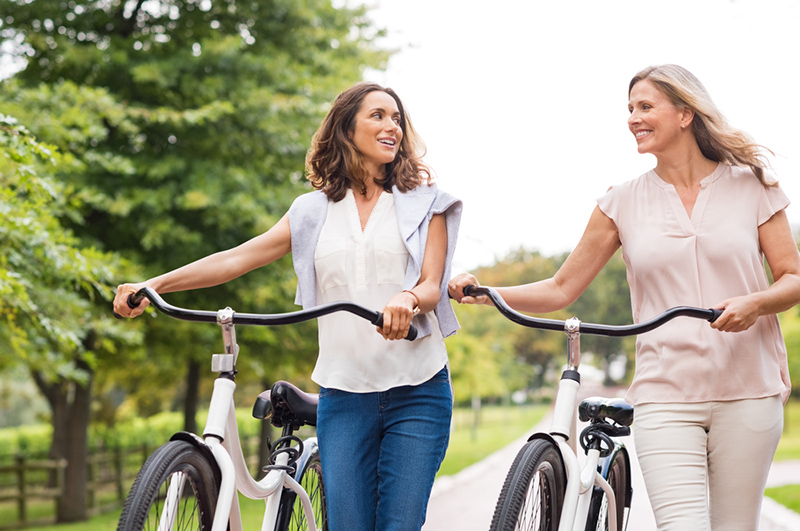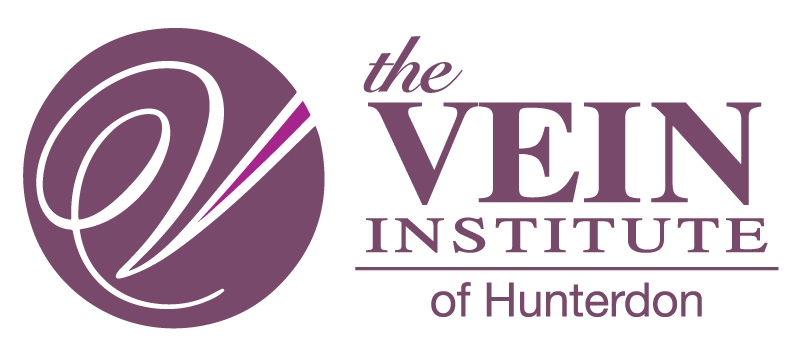Best Exercises to Reduce Varicose Vein Symptoms

Varicose veins can cause more problems than just appearance. They can be very uncomfortable and lead to more serious complications, sometimes even resulting in surgery. Luckily, with exercise, you can help the appearance and discomfort of varicose veins in your legs making you look and feel better, while potentially avoiding surgery.
What Are Varicose Veins?
Varicose veins are enlarged veins that protrude from the skin, most commonly in the legs. They become more common as we age, but pregnancy can also affect their development.
As blood flows through our body, our veins carry blood back to our heart and lungs. Valves prevent the blood from flowing backwards as it moves against gravity. When these valves weaken in a condition known as venous insufficiency, usually from general wear and tear over time, blood can pool in the veins, causing them to bulge and rise closer to the skin, resulting in varicose veins.
How Proper Exercise Can Reduce Appearance and Discomfort of Varicose Veins
By doing certain exercises, you can improve how your varicose veins look and feel by reducing your swelling and improving your pain. Your calf muscles act as pumps and serve to move blood back up from your feet and legs to your heart. Regular exercise improves your overall circulation in addition to helping with excess weight gain, another risk factor for varicose veins. While exercise won’t cure varicose veins, it can help improve your symptoms and reduce your risk of developing more.
Walking, biking and swimming are all great low-impact exercises that are easy on the joints and help circulation in varicose veins. If you are just starting out, walking is a great way to begin an exercise regimen.
Exercises
When you can, make time for movement in your day. Varicose vein symptoms are often accelerated by standing or sitting for too long. Exercises for chronic venous insufficiency that can help your varicose veins include:
- Walking. Try to walk at least 30 minutes every day. If you need to, you can break this up into segments throughout your day.
- Climbing stairs. When you can, choose the stairs instead of the elevator or escalator. Raising your calf as you climb contracts your leg muscles, which help squeeze the blood back up your legs.
- Calf raises. Using your calf muscles to raise your heels off the floor also moves the blood in your lower legs. You can do this exercise standing or seated multiple times throughout the day. Try to do a set of 10-15 calf raises at a time.
- Toe flexes. If you stand or sit still for most of the day, your feet and toes can often become swollen. Toe stretching and flexes can help relieve some of the pressure. Lay down on the floor and stretch your legs out away from you. Flex your toes forward and backward, repeating this movement 20 times per leg.
- Stretching. Moving your body, increasing flexibility, and making your muscles contract and relax helps with vein health. Specific stretches that are known to help with venous insufficiency are lunges; lying on your back with your legs resting on a wall, raised above your head; and a standard forward fold, where you bend over from the hips, reaching the crown of your head towards the ground, keeping your knees bent if you need to.
- Yoga. Yoga builds strength and flexibility in the body, which can help alleviate pain and swelling caused by varicose veins. It can also be good for maintaining strength and flexibility as you age.
Exercising can help your overall health in addition to reducing the symptoms of your varicose veins. It can help your long-term vein health and may even prevent future varicose veins from forming. But if exercise isn’t helping with your symptoms, The Vein Institute is here to help. For more information about our state-of-the-art treatments or to set up a consultation, schedule an appointment by calling 908-788-0066 today.
